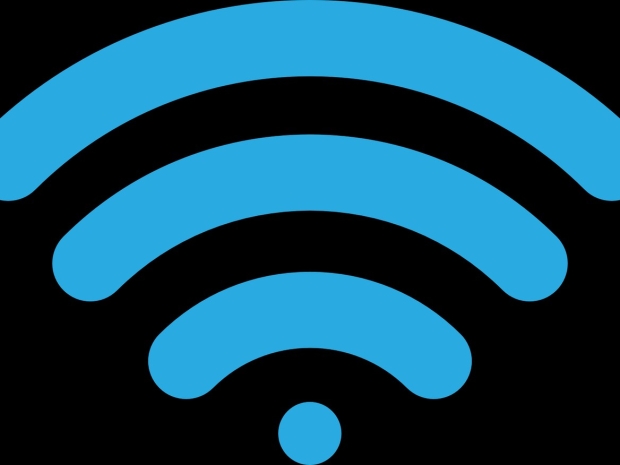Currently, Wi-Fi signals reflect off or are absorbed into solid walls, which limits their range and the quality of the transmission. But the boffins created a method which ‘calculates’ an anti-reflective invisible structure to a solid wall, that allows the signal to pass through without disruption.
The tech is similar to the anti-reflective coating on your pair of glasses. If you add an extra layer to the surface of the glasses, light waves can pass better to your eyes than before the reflection is reduced.
Institute of Theoretical Physics at TU Wien's Professor Stefan Rotter said his team carried out a successful experiment in which microwaves were sent through a complex, disorderly maze of obstacles designed to replicate a challenging environment such as a living room. A matching anti-reflective structure was then calculated and the reflection of the signals was eliminated almost entirely.
"We were able to show that this information can be used to calculate a corresponding compensating structure for any medium that scatters waves in a complex way, so that the combination of both media allows waves to pass through completely. The key to this is a mathematical method that we developed to calculate the exact shape of this anti-reflective layer.”
The researchers are optimistic that the calculations can create a coating that prevents any reflection at all and could even have implications for the next generation of mobile connectivity. The paper suggests wave dynamics and wave scattering will play a major role in 6G, reducing the intensity required for signals.

